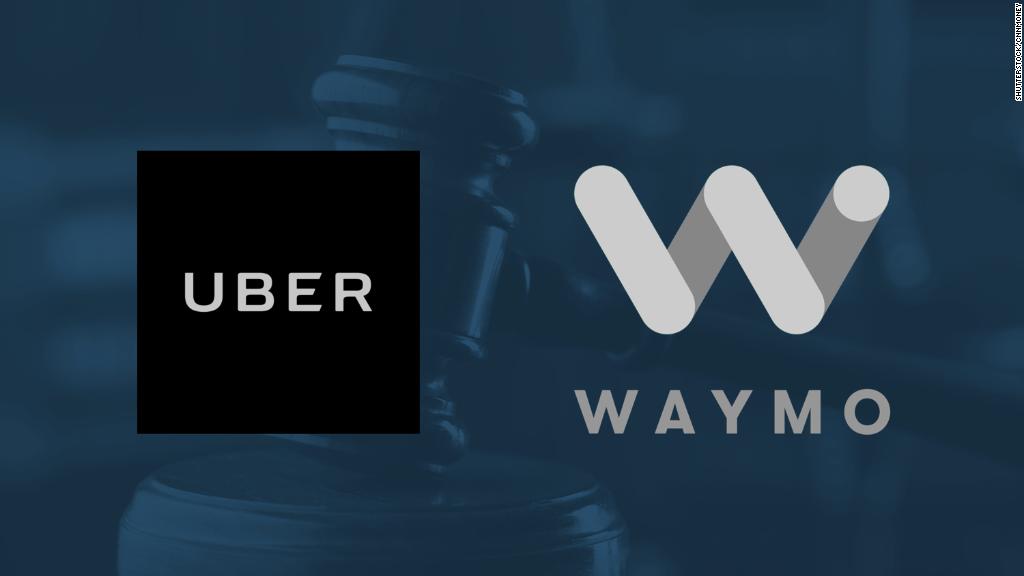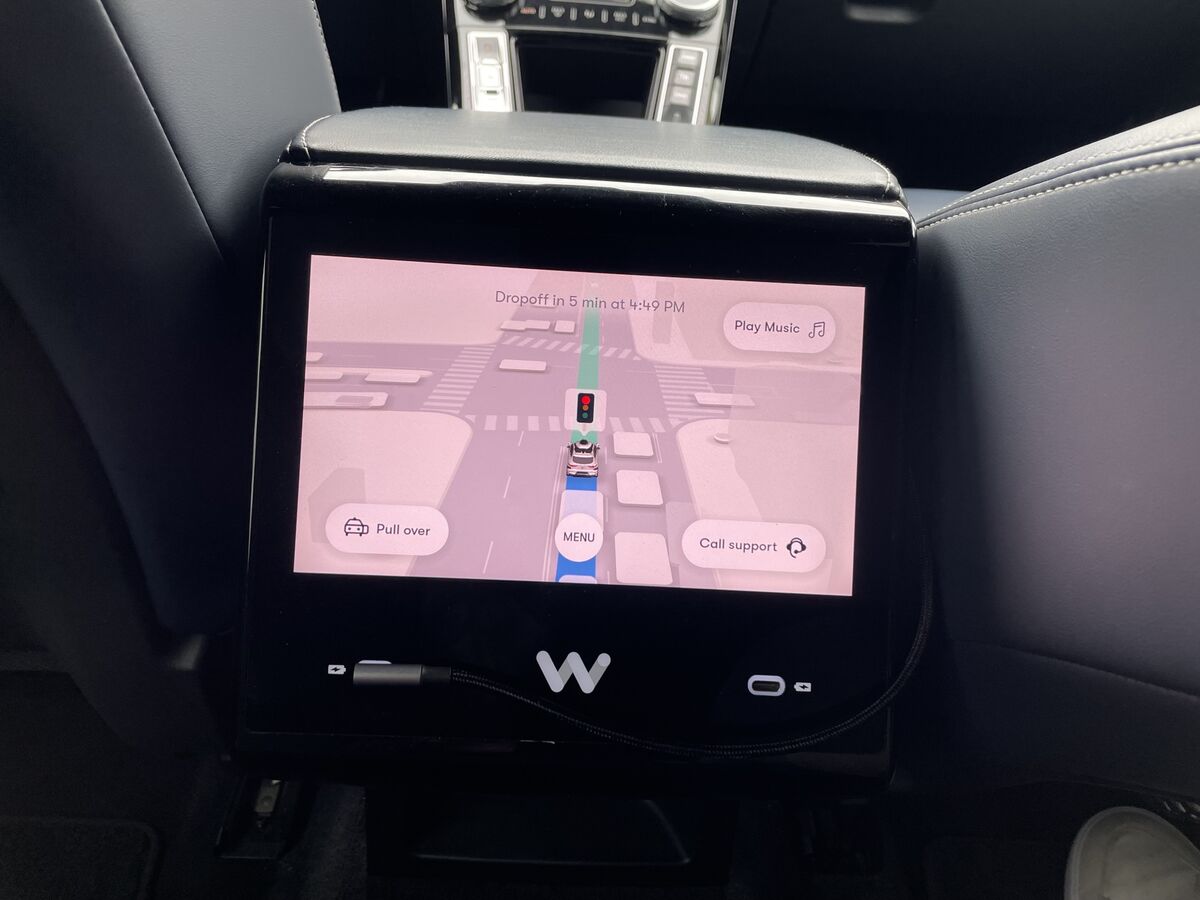Table Of Content

Come and hear from today’s leading mobility entrepreneurs on what it takes to build and innovate for a more sustainable future. Save up to $400 when you buy your pass now through September 18, and save 15% on top of that with promo code STATION. Gogoro recorded a net loss of just $5.6 million, which is way down from a net loss of $121.1 million last year, which was primarily due to a one-time $178.8 million listing expense for its SPAC merger in 2022. In adjusted terms, Gogoro recorded $12.9 million, which is up from $9.3 million in Q2 2022. Yellow, a Nashville-based trucking company, filed for bankruptcy and has plans to shutter. The company had received a $700 million loan from the Trump administration in 2020.
Watch: Driverless taxi torched by mob in San Francisco
Right now, beyond the novelty, the big upside for me is that the fleet's cars — electric Jaguars — are comfortable and clean. And that the per-trip cost is about the same as an Uber Comfort (one level up from the base Uber X fare) — but really a bit cheaper, since you're not tipping your robot driver. Waymo, which is owned by Google's parent company, Alphabet, has a couple hundred self-driving cars roaming around San Francisco, and access is still limited there via a waiting list, as well as by geography.
Media Services
Now, after a barrage of safety concerns and incidents with Cruise self-driving cars in recent months, the landscape looks starkly different. Cruise has paused all public road operations – both supervised and manual, laid off contractors and recalled nearly 1,000 robotaxis after a pedestrian collision. In October, the California Department of Motor Vehicles suspended Cruise's deployment and testing permits for its autonomous vehicles, effective immediately, and last week, GM announced it would significantly cut spending on Cruise in 2024. Supporters of robotaxis have countered that human drivers have a terrible safety record, with traffic deaths topping 40,000 a year in the U.S. Waymo has not reported a death or serious injury from its technology, and Waymo vehicles appear to be generally more observant of traffic laws than human drivers are, according to journalists who have ridden in them.

Is it just us, or is this Outside Lands lineup totally amazing?
A reporter rode in both a Cruise and a Waymo. Here's how it went - San Francisco Chronicle
A reporter rode in both a Cruise and a Waymo. Here's how it went.
Posted: Mon, 21 Aug 2023 07:00:00 GMT [source]
We’ve seen many stories of these vehicles sometimes being honked at, or even needing rescue by a physical driver, and thus causing lane blockages. These incidents are annoying, but traffic blockage is also done very frequently by human drivers. It makes sense to tolerate it while developing these technologies as long as people are not being hurt — and these statistics are what can demonstrate where people are getting hurt. During the “safety driver onboard” phase of development, the safety record of responsible companies was generally very good, with the obvious exception of Uber and its negligent safety driver. Now Waymo is making the case that they have done the same with rider-only and uncrewed operations.
Rivian gained positive momentum in the second quarter as it ramped up EV sales, narrowed losses, reduced costs and shored up its supply chain. The company also raised its production guidance for the year from 50,000 to 52,000 vehicles and said it expects its adjusted earnings guidance for the year to improve to a loss of $4.2 billion. Bird has been trying to bring down costs, and it seems to be working. The company recorded a net loss of $9.3 million in Q2 2023, compared to $320.3 million in the same period of 2022.
Different business models
The service works similarly to other ride-hailing smartphone apps such as Flywheel, Lyft and Uber, except that Waymo’s vehicles have no human drivers present. Riders follow instructions on the app and through the vehicle’s sound system, though Waymo workers can assist remotely. Last year the National Highway Traffic Safety Administration launched an investigation into Cruise vehicles’ tendency to brake hard and suddenly, in a few cases causing rear-end collisions. We’ve also seen robotaxis struggle with completely normal traffic situations and fail to adapt to changing road conditions, in one case driving into wet concrete. Cruise and Waymo already offer limited commercial services in San Francisco. If the CPUC grants Cruise and Waymo its final permits, the two companies will be able to charge for all rides, expand hourly operations and service area, and add an unlimited number of robotaxis to their fleets.
It’s not uncommon to see drivers trying to speed past cautious Cruise cars and slow-going Waymos; many will honk at AVs that stall on the roads, and one of our reporters narrowly avoided getting hit by an angry driver during a Cruise ride this week. The former startup is on pace to have 2,000 employees and to commercialize a ride-sharing service in the coming years. The goal is to launch in San Francisco and optimize for the complicated, urban streetscape, on the reasonable assumption that any service should be where the riders are and that scaling Cruise to new markets should be focused on similarly dense cities. Many AV proponents, including some tech executives and venture capitalists, are quick to paint people resistant to robot cars as Luddites, afraid of technology.
Waymo Vs. Cruise: Which Handles San Francisco Streets Better? - The San Francisco Standard
Waymo Vs. Cruise: Which Handles San Francisco Streets Better?.
Posted: Mon, 24 Jul 2023 07:00:00 GMT [source]
"We are constantly evaluating and adjusting our dynamic routing to help riders safely and conveniently get where they’re going by balancing for road and traffic conditions," Waymo spokesperson Chris Bonelli said in a statement. “The reception from Angelenos so far has been exceptional, and we look forward to welcoming more riders into our service over time,” he said in a statement. Waymo is part of Alphabet and has been semi-independent since 2016. But for nearly a decade prior, it was known as the Google Car project and widely seen as the leader in the autonomous-mobility race.
Other operations
Two-wheeler battery-swapping company Gogoro reported revenue of $87.2 million in Q2, down 3.8% YoY and up 0.2% on a constant currency basis. Of that revenue, $33.3 million came from its battery-swapping service, predominantly active in Taiwan, which is up 9.5% YoY. Serve Robotics, the autonomous sidewalk delivery robot startup that spun out of Uber’s acquisition of Postmates, is going public via a reverse merger with a blank-check company. [On top of that], being able to add rain, for example – all right, you're safe enough when you're driving through good weather, through this tight intersection with a speeding agent.
Tesla CEO Elon Musk also has a bigger appetite for risk than most of the other companies working on self-driving technology. Musk's willingness to put unproven technology on public roads may accelerate Tesla's progress even as it creates a greater risk of fatal accidents. In one, they were part of a group of cars stopping slowly for a red, and they were rear-ended. In another, as a light turned yellow, another car cut in front of them and then braked hard. Human driven cars have a police-reported crash about every 500,000 miles so this is in line with that number, but with blame on the other vehicles, the Waymo’s record surpasses human performance. And it's reasonable to have concerns about this tech as it rolls out.

Cruise said it has roughly 300 vehicles operating at night and 100 during the daytime in San Francisco. Opponents to the expansion are urging caution and incremental growth. They’re also calling for more transparent data sharing from the AV companies. Today, AV companies are only required to report collisions and not the many incidents of bricking.
Now think of billions of miles of experience – close to seven orders of magnitude difference. Riding in a Waymo felt almost like taking a normal Uber, awkward rideshare driver talk not included. It arrived right in front of the Safeway, took us on a slow and careful ride—not unlike driving with your grandmother—and felt surprisingly smooth for a robotaxi.
So I think that one way or another, we are going to make some version of this standard for many of us in the not-far-off future. Ultimately, cars — autonomous or not — will always be wasteful, whether powered by gasoline or electricity. The mining of lithium and cobalt for batteries destroys fragile ecosystems on Indigenous lands and has resulted in worker deaths and violations of human rights. Waymo had a slightly better go of it, but that could be because the company has fewer vehicles on San Francisco’s roads. From January 1 to June 30, Waymo recorded 58 retrieval events and said it averages 10 minutes to retrieve bricked vehicles. Developing, testing and deploying AV tech isn’t cheap, and the only way to reach positive unit economics is to scale.
Both companies offer a paid ridehailing service in the Bay Area, with most of their activity concentrated in downtown San Francisco. But while Cruise is permitted to charge for rides in its fully driverless vehicles, Waymo only has authorization to charge for rides in vehicles with a safety driver behind the wheel. Waymo saw 18 minor contact events and 2 events which required a vehicle to be towed away, which means they go into NHTSA’s collision database CISS. 20 minor events in 1M miles is more than the 10 that might be expected for a human driver based on other data. However, Waymo states that all events involving another vehicle had it do something at fault, though it’s not clear if the Waymo might share some fault in a few of them. In event 3, they hit a construction cone (no damage.) In event 15 they hit a plastic sign blowing across the roadway.


No comments:
Post a Comment